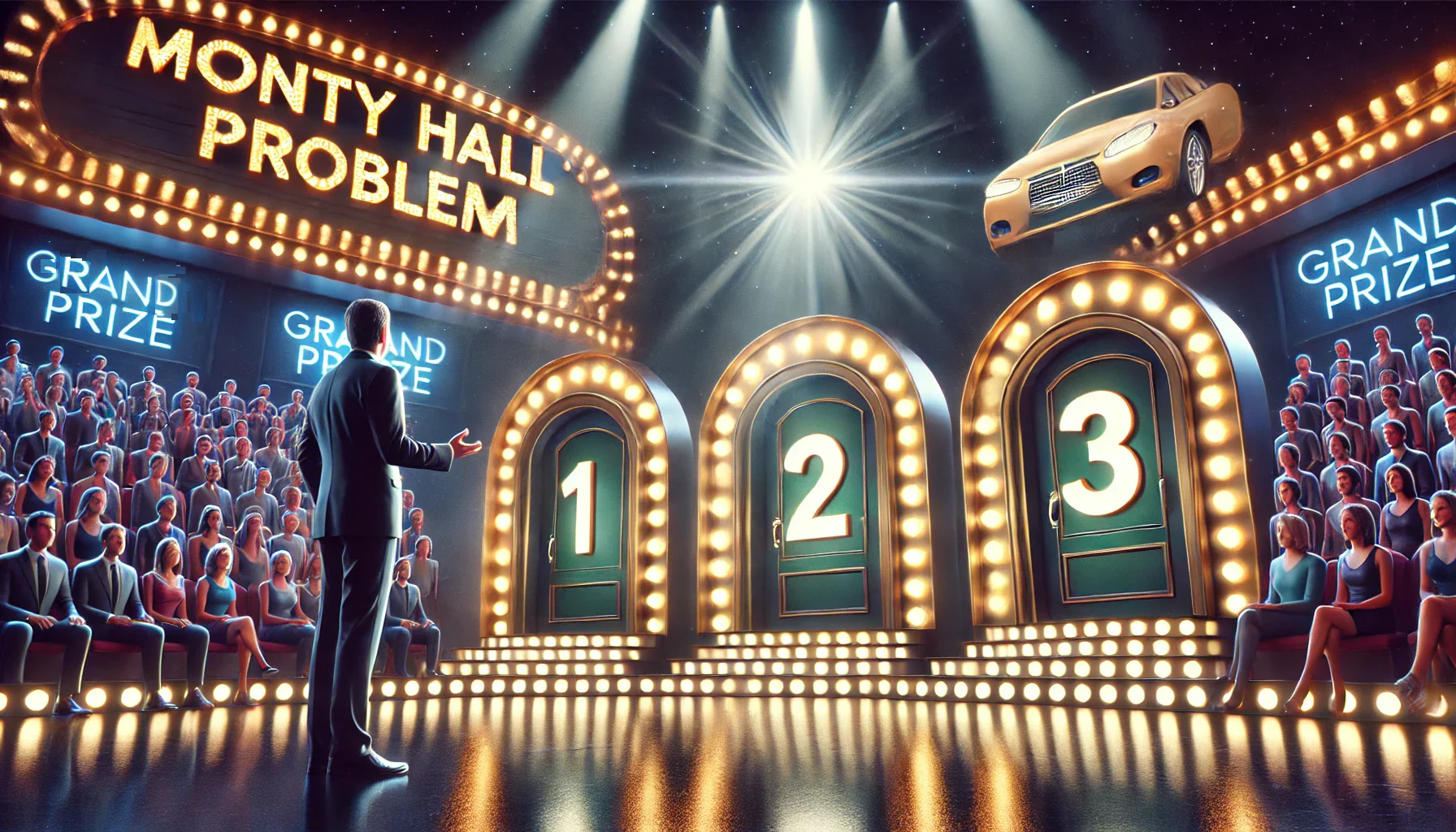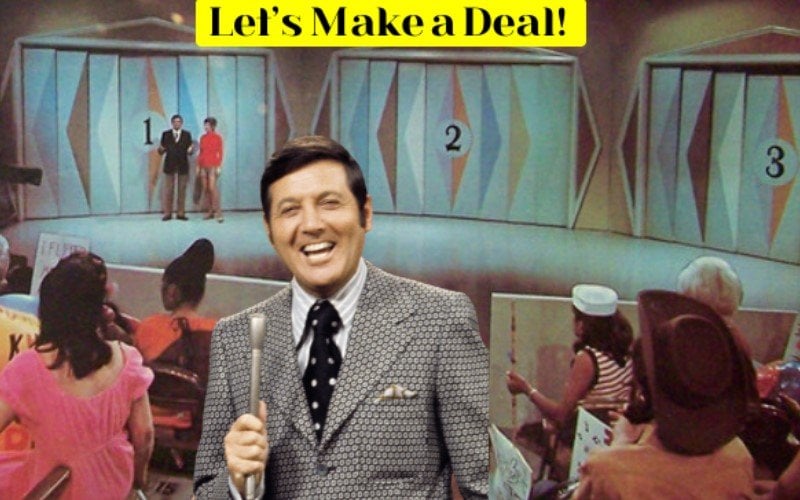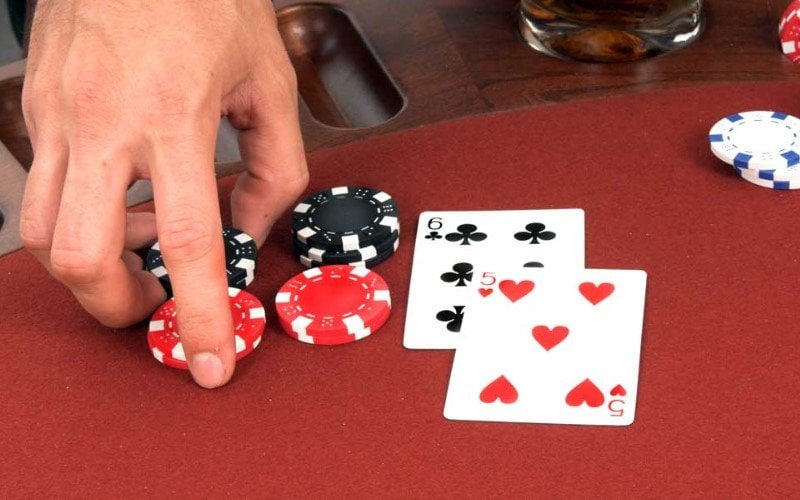Two of the doors had non-prizes, or nothing really worth winning.
The game is not as simple as it seems at first glance.
Monty Hall devised a fantastic puzzle where you could really increase your chances of winning.

2, or No.
Monty Hall would ask guests to pick 1 of 3 doors, one of which had the grand prize.
After they pick one, he would open another door, that revealed one of the non-prizes.

But that is not the case.
By swapping, you actually increase your chance of winning from 1/3 to 2/3.
In that case, by swapping you will lose.

How This Relates to Gambling
Monty Hall touched on a very important point for gamblers.
The role of probability in casino games, and how we perceive our chances of winning.
Often, our instincts can work against us and lead to some players forminggambler’s fallaciesduring gameplay.

Typical Gambler’s Fallacy
Most fallacies are based on how we think aboutrandomness and chance.
We love to solve riddles or find solutions to problems, using logic or reason.
But casino games don’t work that way.

The classic gambler’s fallacy uses historical data to predict what will happen in the next round.
It is best explained with a simple two-way bet.
Let’s say you are draw cards and bet on whether they will be red or black.

There are 52 cards in a standard deck, 26 of which are red and 26 black.
This means the chances of drawing either red or black is 50-50.
Let’s say you then draw 6 black cards in a row.

The gambler’s fallacy is to believe that there is a greater chance of the 7th card being red.
However, that is no the way it works.
The odds are always 1 in 2 at the beginning of every draw.

The results may be quite unlikely, but they are completely random.
You are not overdue a red to balance the outcomes.
The key word here isvariance.

Variance is the measurement of how much the results deviate from the real odds of winning.
With no variance, you should realistically only winonce in every 37 rounds, not twice in 25.
Variance can also form winning or losing streaks.

Such as the red/black conundrum above.
Drawing 6 blacks in a row is a big deviation from the 50-50 chances of winning.
Which would otherwise suggest that the results should alternate between red and black.

In the short run, variance is generally a lot higher.
The results will become more balanced, in proportion to the mathematical odds.
Thinking that the outcomes should balance out is a gambler’s fallacy.

Yet backing the variance is also a fallacy.
It can even occur in sports betting, when a team is in good form and winning most games.
One typical fallacy associated with these games is the belief that expert strategies are infallible.

After all, you use mathematically optimised responses to make the most of any hand you are dealt.
But in poker, you’re able to still lose on a winning hand.
Because let’s face it, casino games are designed to always give the house an edge.

The most likely scenario is that eventually, you will lose your money.
For instance, invideo poker strategies, the best response is always to aim for the biggest payouts.
But otherwise, you should double your stake and hit.

But it doesn’t rule out the risk of losing.
The maths saysgambling is a losing game.
Yet anything can happen, and with a fortuitous run of variance, you could finish on a high.

You may play blackjack for an hour and come away with double your initial bankroll.
Or, play slots for an hour and win next to nothing.
The important thing to remember is that variance can come at any time.
You are in charge of two things when you gamble.
How much you play with determining how long you’re free to play before going bust.
And the second is when you decide to quit.
Daniel has been writing about casinos and sports betting since 2021.
Random Number Generators: The Technology Behind Digital Casino Games